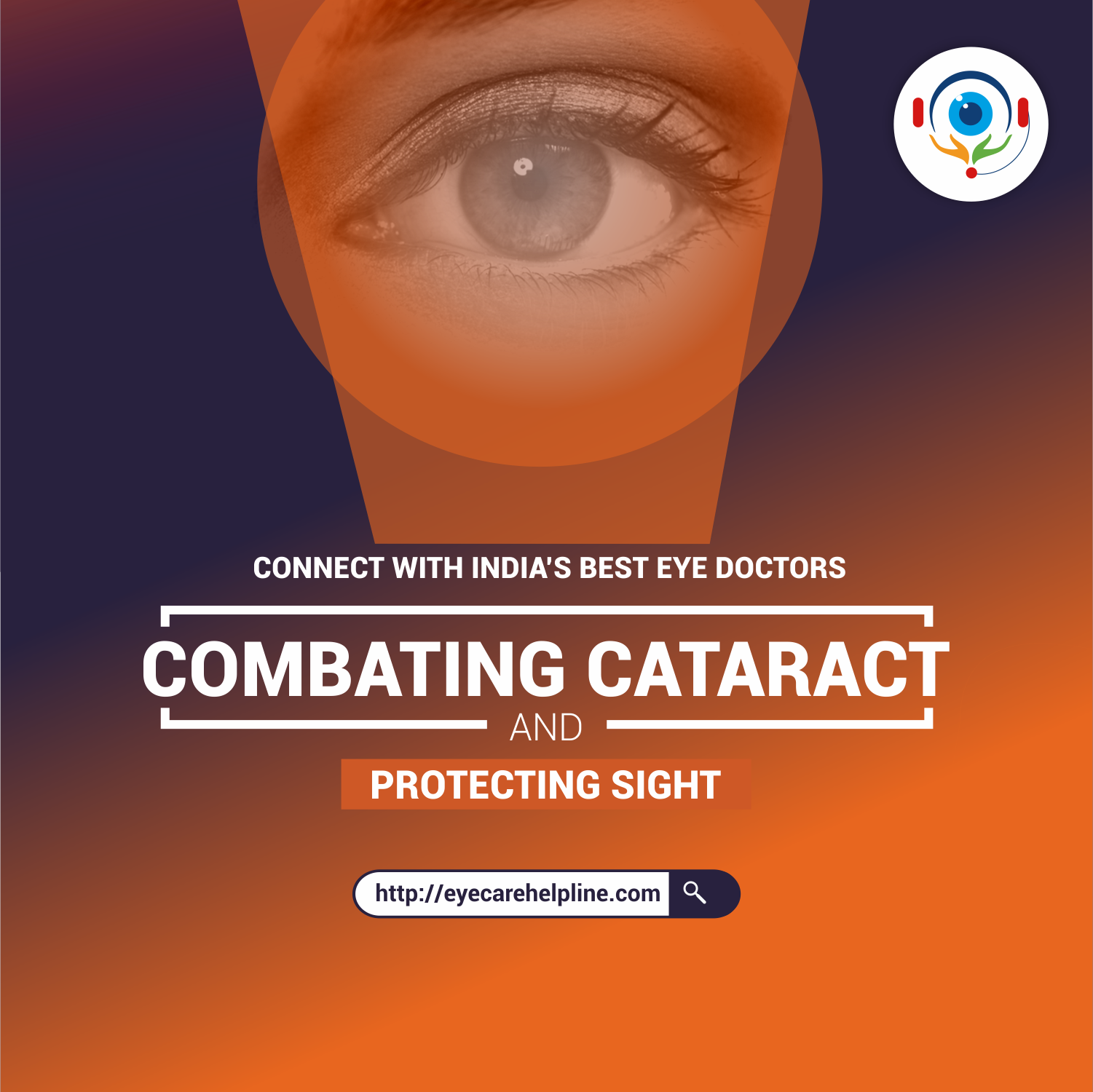- By: Dr. Indeevar V Mishra
Defining Glaucoma
The optic nerve is a nerve located at the back of the eye and is a connection between the eye and the brain. The primary function of the optic nerve is to pass visual information from the retina to the brain.
High internal pressure in the eye, also known as intraocular pressure causes a back pressure on the optic nerve leading to the damage. This disease is termed as Glaucoma. It gradually destroys the optic nerve, leading to a rupture in signal transmission and ultimately, reduced vision.
This eye condition does not show any symptoms and is silent most of the times. The damage that is caused due to glaucoma is irreversible and slow.
In most glaucoma cases, the problem is not identified till the person has lost about 45-50% of vision. More often than not, patients visit their eye doctor or ophthalmologist only when they experience a vision loss that has gone beyond 65-70%
Types of Glaucoma
The following types of glaucoma are quite prevalent and can be prevented if detected early. These include -
1. Closed Angle Glaucoma - Also known as Angle-Closure Glaucoma, it takes place when the iris bulges forward to narrow or blocks the drainage angle that is formed by the cornea and iris. Due to this, fluid is unable to circulate through the eye and pressure in the eye increases.
2. Open Angle Glaucoma - In this type of glaucoma, the angle in the eye where the iris comes in contact with the cornea is wide and open, just like it should be. However, the drainage canals of the eye get clogged over time. There is an imbalance between the water formation in the eye and its drainage. This causes an increased internal eye pressure, ultimately causing damage to the optic nerve.
3. Pseudoexfoliative Glaucoma - This type of glaucoma happens among a select few of the Indian population. In this, there is an elevated eye pressure which damages the optic nerve. There is also damage to the lens and other structures of the eye. Early detection is the key.
4. Pigment Dispersion Glaucoma - When the fibers supporting the lens of the eye rubs against the back of the iris, it causes a release of pigments which then clog the drainage channels of the eyes and leads to the development of glaucoma. This type of glaucoma usually happens in eyes that have high minus power or high myopia.
5. Lens Induced Glaucoma - This type of glaucoma occurs due to the process of inflammation that is caused when the lens material leaks through the capsule of a mature cataract. It is also called Phacolytic Glaucoma. Lens induced glaucoma can happen in cases where the cataract has become hyper-mature.
6. Normal Tension Glaucoma - Considered the worst kind of glaucoma, in this, the eye pressure is normal but there is glaucoma. Also, vision damage progresses gradually.
7. Infantile Glaucoma – When the newborn is born with glaucoma is called Infantile Glaucoma. This type of glaucoma requires urgent intervention.
Symptoms of the Different Types of Glaucoma
Except for open angle glaucoma, the other types of glaucoma can show the following symptoms-
1. Blurry Vision
2. Headache
3. Intermittent Spells of Dizziness
4. Reduced Night Vision
5. Reduced ability to deal with stress related to usage of computers for long hours or the inability to tolerate light which is bright.
Who is More Likely to Get Glaucoma?
Following are the people who are more susceptible to getting glaucoma.
1. People who have a history of glaucoma in their family
2. Mostly people above the age of 60; However, people can get glaucoma at any age. For example, there are chances that a new born can get glaucoma.
3. An individual with medical conditions (diabetes/ heart disease/ high blood pressure/ sickle cell anemia)
4. People who have eye conditions like myopia (short-sightedness)
5. Someone who has undergone an eye surgery
6. If a person has been taking corticosteroid medications like eye drops for a long period of time, it can prove fatal for your vision and can lead to secondary glaucoma (any form of glaucoma in which the cause of increased eye pressure and vision loss is identifiable).
Important to Note
Unfortunately, there are not any known screening methods that help diagnose glaucoma with clarity. It depends on the clinical acumen of the treating ophthalmologist supported



